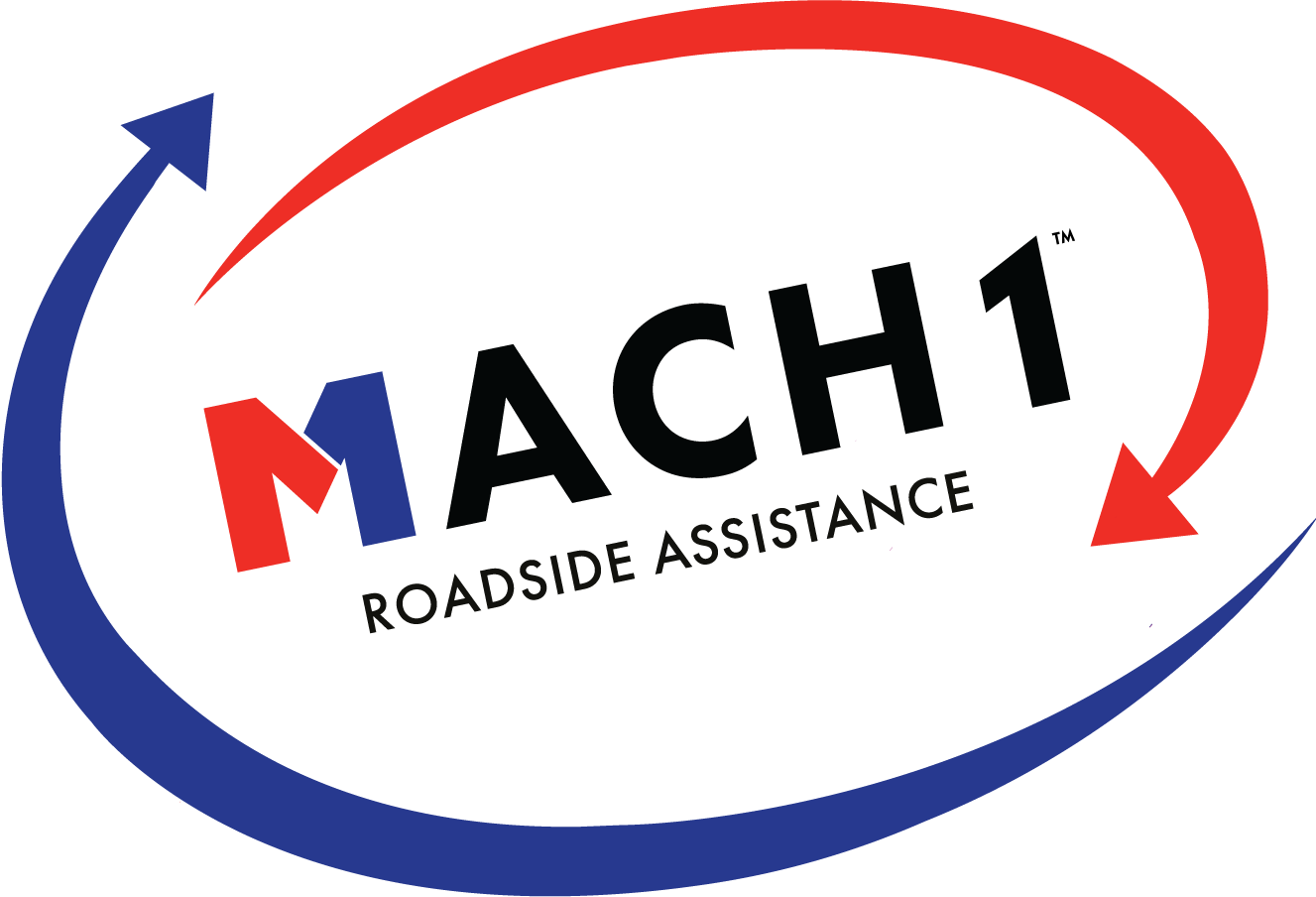
24 May Traveling with Pets: Safety and Comfort Tips
Whether it’s a quick trip to the park or a long-distance journey, traveling with your pet can be a delightful experience. However, as a responsible pet owner, it’s crucial to ensure their safety and comfort during these trips. In this article, we’ll explore some key points to remember when hitting the road with your furry friends.
The Safest Way for a Pet to Ride in a Car
The safest way for a pet to ride in a car is in a well-ventilated, secure pet carrier. This ensures that your pet is contained and comfortable while reducing the risk of them becoming a distraction to the driver. The carrier should be large enough for your pet to stand, sit, turn around, and lie down. Remember to secure the carrier with a seat belt to prevent it from shifting during the journey.
Traveling Long Distance with a Cat in a Car
Cats, unlike dogs, are not typically thrilled about car rides. However, long-distance travel with a feline friend can be made smoother with a few considerations.
- Carrier Comfort: Ensure your cat is accustomed to the carrier before the journey. This can be done by letting your cat explore and spend time in the carrier in a home environment. Consider including a favorite blanket or toy to provide a sense of familiarity and comfort.
- Rest Stops: On long trips, offer your cat the chance to use the litter box every few hours. Portable or disposable litter boxes can be a lifesaver on the road.
- Stay Inside: Never let your cat roam around the vehicle while it’s moving. An anxious or curious cat can easily distract the driver, leading to potential accidents.
Driving Long Distance with a Dog
Dogs generally adapt better to car rides than cats, but they also need special attention during long-distance travels.
- Preparation: Start with short trips to help your dog get used to the car, gradually increasing the length of the trips.
- Rest Stops: Plan for regular stops for bathroom breaks and exercise. This can help your dog burn off energy and reduce anxiety or restlessness.
- Hydration: Always have fresh water available for your dog, particularly during hot weather.
Safest Place for a Pet in a Car
The safest place for your pet in a car is the back seat or the cargo area in an SUV, secured in a carrier or with a pet seat belt. Airbags in the front seat can seriously injure your pet in the event of an accident, so the front seat should be avoided.
Where Should My Dog Sit in the Car?
Your dog should sit in the back seat or cargo area of your car. There are specially designed dog seat belts and car seats available to keep your dog safe and secure in these areas. If your dog is prone to anxiety or motion sickness, having them face forward can help to alleviate these issues.
Transporting a Dog in the Car without a Crate
While a crate or carrier is the safest option, if you need to transport your dog without one, consider using a pet seat belt. Pet seat belts are designed to work with your car’s existing seat belt system and ensure your pet stays secure during the journey. Remember, unrestrained pets can easily become projectiles in case of an abrupt stop or accident, so always secure your pet, crate or not.
Roadside Assistance: A Lifesaver for Traveling Pets
Regardless of how carefully we plan, unexpected car problems can occur, and they can be especially stressful when traveling with pets. This is where a reliable roadside assistance service comes in handy. A roadside assistance service can ensure that you, and importantly, your pet, aren’t left stranded due to a vehicle breakdown. When selecting a roadside assistance service, consider one that understands and caters to the needs of pet owners.
Preparing for Emergencies
In the event of a vehicle breakdown, the safety and well-being of your pet are paramount. It’s advisable to have an emergency kit for your pet, much like you would for human passengers. This kit should include items such as:
- Fresh water and a collapsible bowl
- An extra leash and collar
- A blanket
- Pet first-aid supplies
- Copies of your pet’s medical records and a recent photograph, in case you get separated
Should you find yourself waiting for roadside assistance, never leave your pet alone in the vehicle, especially in extreme weather. Even in mild temperatures, the interior of a car can become dangerously hot or cold rapidly.
If you want to learn more about what should be included in a Roadside Safety Kit, check out our comprehensive guide on assembling the perfect kit for your vehicle.
In Conclusion
Traveling with pets doesn’t have to be a stressful experience. With a little planning and preparation, and the reassurance of reliable roadside assistance, your next journey can be smooth sailing. Remember, your pet’s safety and comfort should always be your top priority. Happy and safe travels to you and your furry companions!
